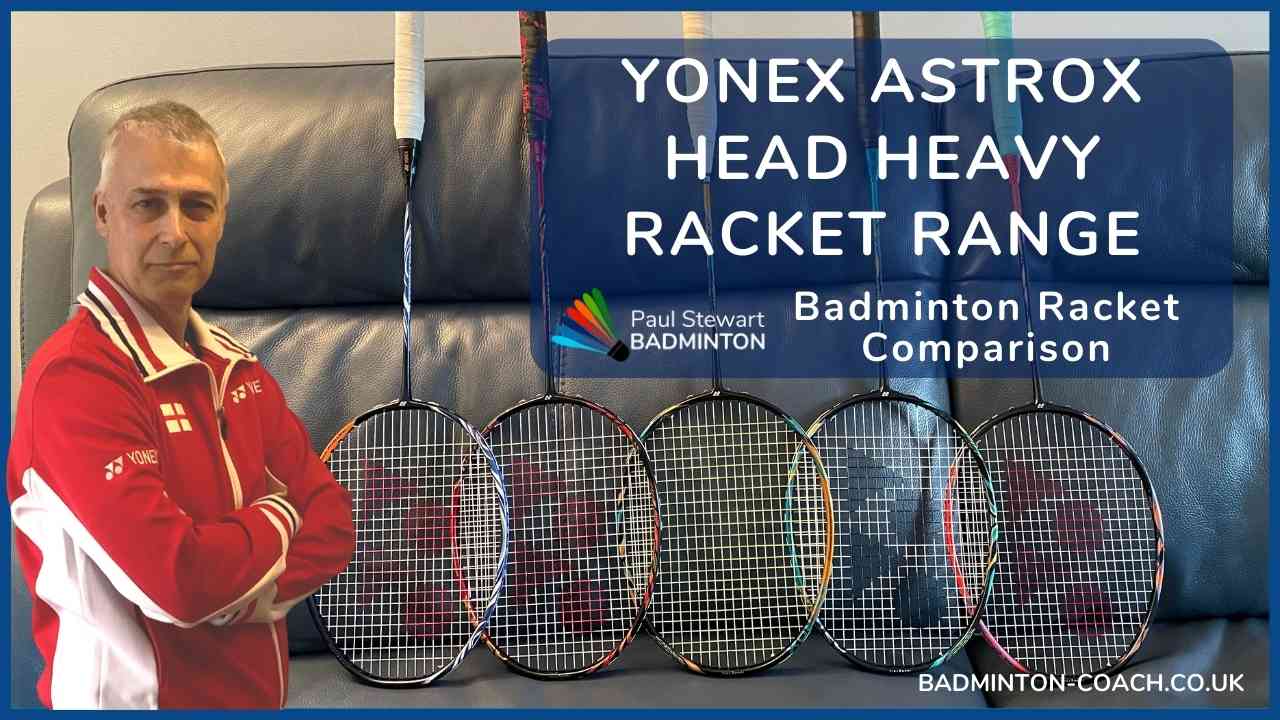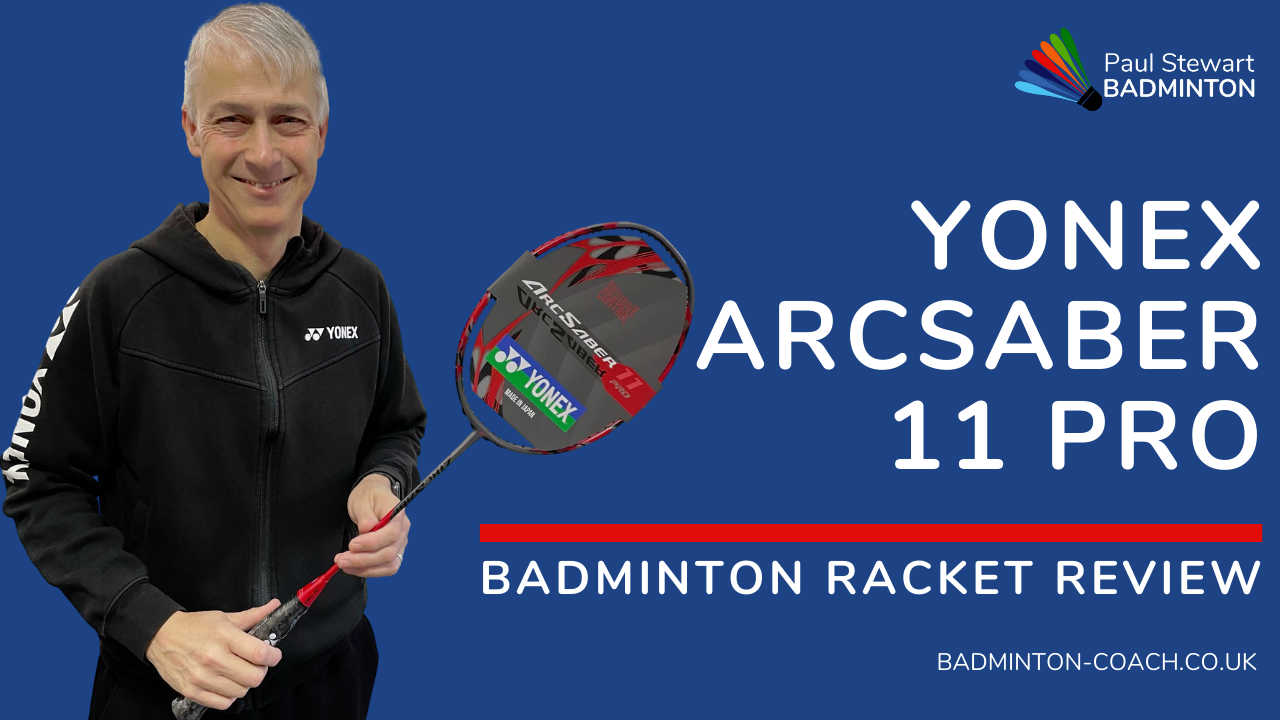For many, badminton is a seasonal sport. As soon as the leagues and tournaments are over, the racquets are put away and “summer” begins. This may mean dusting off your old tennis racquets or cricket whites, or simply taking a break for a few weeks.
Some are “forced” to take a break because all the local clubs close. Whatever the reason, there are many players who need help to keep in shape and train for the new season. This article has been written specifically for those players like you who are looking for ideas to be ready for the season ahead and don’t know where to start.
A Word of Warning
If you’re really serious about improving your badminton next season, then you should already be undertaking some form of physical training.
Ideally, you are advised to join a gym and have a session or two with a personal trainer who will design a training schedule for you. By following this you are taking expert advice. You may also need to take advice from your doctor before you begin any exercise program.
Whilst I have undertaken many courses on strength, flexibility and conditioning, I do not profess to be as up-to-date as the experts and I would rather you sought their advice first. For this reason, this article is a guide only to the type of workout you can do in preparation for the new season. The article also assumes you have knowledge of the importance of warming up prior to exercise and cooling down when you’ve completed the exercise.
However, if you cannot get access to a personal trainer or gym, then this article will help you improve your fitness levels and be better equipped to step onto court with a degree of confidence.
So, How Serious Are You?
I ask this question because if you really want to improve over the summer break, then you have to put in some effort. Watching badminton videos on YouTube will help to a degree because you are seeing good form and technique. However, badminton is a physical sport so you need to at least cover basic physical fitness exercises to help you improve.
Before we cover the what, let me ask you why you want to do this? You see, your answer is going to dictate how hard you are prepared to work. Without specific reasons why you wish to be fitter and better next season you won’t achieve your goals. Without specific goals, you will not achieve anywhere near your potential, and this can be said for everything in life – not just badminton.
So, before you do anything else, write down, yes, write down your badminton goals for next season. These can be goals like being able to play in a certain team, win a number of tournaments, mastering specific shots, knowing that you don’t lose a match because you’re so unfit. Write your badminton goals down and email them to me. The key here be specific.
Let’s Start With Basics
Badminton requires a combination of physical attributes which can be trained. These are strength, speed, flexibility and endurance. These can be trained in the gym, but you need to dismiss some of your assumptions about training in order to achieve this combination. You see it’s important to recognise that most gym workouts you’ve seen will be aimed at looking good and building strength and bulk. This is not a good combination for badminton as it leaves out endurance which is vital.
The other important consideration here is that badminton is a whole body sport. By this I mean you need to train muscle groups in your arms, legs, shoulders, chest and most important, your core. A strong core or abdominal area is the key. It’s the area that connects every other part of your body. There’s no point in having strong legs if you can’t turn and bend fast and efficiently. This requires the core. Power also begins in the core and is then distributed to the areas required.
What First?
OK, so you’ve got the message about the areas you need to train. So what do you train first? We are all different and therefore have our own likes and dislikes. So, let me tell you what I’d do if it was me training…
Summary
With all of these exercises the average time to completion is less than 30 minutes. I accept there are so many other exercises that you can do however, as I said at the beginning of the article, I would prefer you went to a gym and paid a personal trainer to design a program for you. I’ll reiterate that you may need to consult your doctor before attempting any exercise program.
What I have given you in this article are the basics based on my preferences and exactly what I would do if I was training to keep in shape and improve my fitness levels ahead of the new season. Apart from a skipping rope and running shoes I have not spent any money on equipment. Basically I have used my own bodyweight to give me all the weights for strength and conditioning exercises.
Many of the exercises I have described can be found on YouTube so it shouldn’t take you long to find them.
As always, I hope you’ve found this article useful and welcome your feedback.













Wow, great stuff. Time to start planning, and writing down. Thanks !